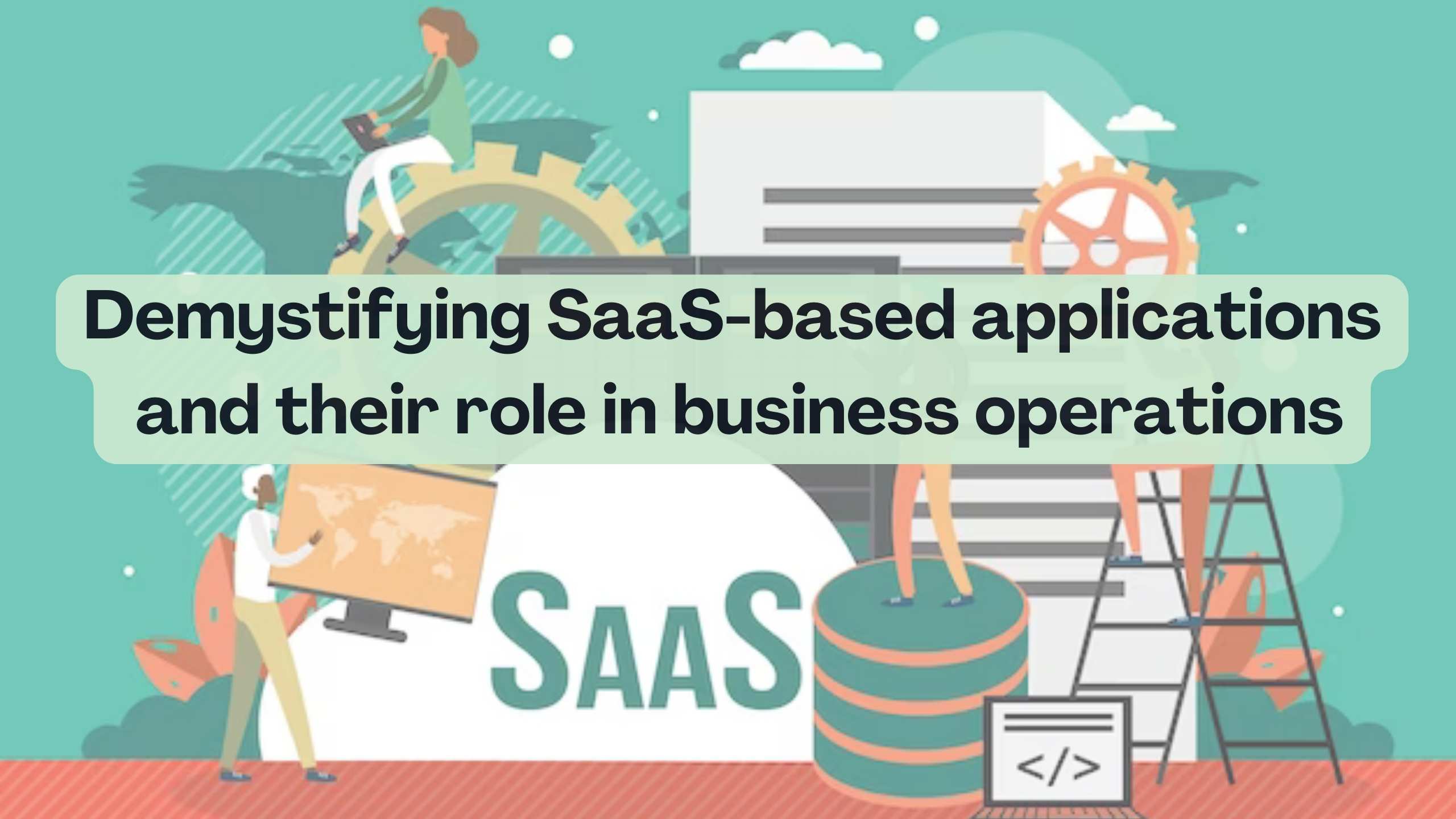Demystifying SaaS-based applications and their role in business operations
- Expense Management Software Credit Cards Investing Business Solutions


Demystifying SaaS-based Applications and Their Role in Business Operations
In the ever-evolving landscape of modern business, embracing technological solutions has become imperative. One of the transformative elements in this digital revolution is the advent of Software as a Service (SaaS) applications. This article delves deep into the world of SaaS, unraveling its significance and exploring a curated selection of relevant applications. The aim is to provide a comprehensive understanding of SaaS-based applications and their pivotal role in contemporary business operations, addressing the query: What is a SaaS-based application?
Unraveling SaaS-based Applications
Understanding SaaS
Software as a Service, or SaaS, represents a paradigm shift in software delivery. Unlike traditional models that require local installations and maintenance, SaaS delivers applications over the internet. Users access these applications through a web browser, eliminating the need for complex installations and ensuring seamless scalability.
The Dynamics of SaaS-based Applications
- Cost-Effective Solutions: SaaS applications operate on a subscription-based model, alleviating the burden of substantial upfront investments in software and hardware. Businesses can tailor their subscriptions to specific needs, optimizing costs effectively.
- Scalability and Flexibility: One of the defining features of SaaS is its scalability. Whether a burgeoning startup or a well-established enterprise, businesses can easily adjust the scope and features of their SaaS applications as their operational requirements evolve.
- Collaboration and Accessibility: SaaS fosters collaboration by providing real-time access to applications and data from any location with an internet connection. This accessibility enhances teamwork, facilitates remote work scenarios, and encourages a more dynamic workflow.
- Automatic Updates and Maintenance: SaaS providers handle the maintenance and updates of applications, ensuring that users always have access to the latest features and security patches without the need for manual interventions. This alleviates the burden on internal IT teams.
- Enhanced Security Measures: Security is a paramount concern in the digital age. Top-tier SaaS applications prioritize security, employing advanced encryption and compliance certifications to safeguard sensitive data. This approach ensures a secure environment for businesses to operate within.
Examples of SaaS-based Applications
1. Google Workspace – Collaboration Suite
Google Workspace: Formerly known as G Suite, Google Workspace offers a comprehensive suite of cloud-based collaboration and productivity tools. From Gmail to Google Docs, Sheets, and Drive, it provides a unified platform for seamless collaboration.
2. Zendesk – Customer Support Software
Zendesk: Zendesk is a cloud-based customer service and engagement platform that streamlines support and communication processes. It provides tools for customer interaction, ticketing, and analytics.
3. HubSpot – Marketing Automation
HubSpot: HubSpot’s SaaS platform integrates marketing, sales, and customer service tools, enabling businesses to manage their inbound marketing strategies effectively. It offers solutions for CRM, social media, and content marketing.
4. Dropbox – Cloud Storage
Dropbox: Dropbox is a cloud-based file storage and collaboration platform that allows users to store, share, and collaborate on files securely. It serves as a centralized repository for documents and media.
5. Trello – Project Management
Trello: Trello is a web-based project management application that utilizes boards, lists, and cards to help teams collaborate on projects. It provides a visual and intuitive way to organize tasks and projects.
Conclusion: Navigating the SaaS Landscape
Demystifying SaaS-based applications is crucial for businesses looking to leverage technology effectively. The diverse range of SaaS applications empowers organizations to optimize workflows, enhance collaboration, and achieve operational excellence.
For users seeking to explore and optimize their SaaS subscription stack, Subscribed.FYI emerges as a comprehensive solution. By providing insights, comparisons, and exclusive deals on a wide range of SaaS tools, Subscribed.FYI empowers users to make informed decisions tailored to their unique needs.
Subscribed.FYI is dedicated to simplifying the SaaS journey for freelancers, agencies, and teams. Sign up for free to unlock exclusive Subscribed.FYI Deals and access savings on 100+ SaaS tools, optimizing your digital toolkit for success.
Relevant Links:





